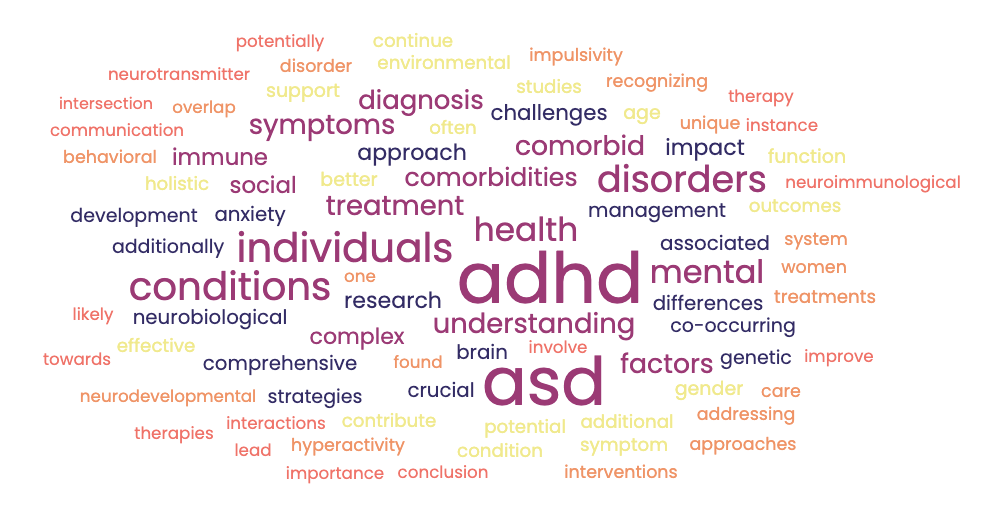As mentioned in my previous post on feeling, many people go through much of their lives ignoring or suppressing their feelings. This can be for a multitude of reasons including fear of falling apart through experiencing strong emotions and messages from childhood that labeled certain feelings as bad or unacceptable. Because suppressing feelings becomes so automatic for many, many report that they don’t even know what they are feeling. By learning to recognize the characteristics of suppressed feelings and tuning into your body, you can become much more adept at identifying what you are feeling.
Even though feelings are suppressed, they typically don’t just go away. They often manifest in a number of bodily and psychological symptoms.
Free-floating anxiety: Anxiety is a very normal and common reaction to any multitude of situations. However, if you are feeling anxious and uneasy for no identifiable reason, it may be due to unexpressed feelings. If this is a state you are familiar with, try to observe if this free-floating anxiety arises the next time you hold in your anger toward someone.
Depression: Depression can arise when we hold in grief or feelings of sadness over a loss. Indeed, a grief reaction that is not fully expressed can evolve into a depressive episode. Getting in touch with our grief, crying and fully mourning often allows us to feel better and begin the healing process. If you have not experienced a recent loss, your depression may be anger directed towards yourself. This is particularly true if your find yourself attacking and criticizing yourself.
Psychosomatic symptoms: Frequent headaches, gastrointestinal symptoms, high blood pressure and asthma often occur as a result of chronically withheld feelings. Holding in feelings over the course of many years is a form of stress that takes a toll on bodily systems. Often people find that when they learn to identify and express strong feelings, their physical symptoms abate.
Muscle Tension: Tense muscles are a particularly effective cue that feelings are being chronically withheld. We tend to hold tension in different body groups depending on what feeling we are suppressing. Anger tends to lead to the tightening of the neck and shoulders, while grief and sadness often results in tightening muscles in the chest and around the eyes. Fear typically reveals itself through the tightening in the stomach and diaphragm. While these are typical patterns of muscle tightening, these are not absolute. That’s why it is important to get to know your own particular physical experience of various feelings.
Tune Into Your Body
Thinking about your worries and concerns keeps your primarily in your head. It is necessary to shift focus from your mind to your body. The following steps have been adapted from Eugene Gendlin’s work on experiential focusing can be quite helpful in getting in touch with your physical experience of feelings.
- Physically relax. Spend five to ten minutes using a relaxation technique such as progressive muscle relaxation or meditation to slow down the mind and relax the muscles of the body.
- Ask yourself, “What am I feeling right now?”
- Tune into the place in your body where you usually experience emotional sensations such as anger, fear and sadness. Often observing the area of your hear or gut will reveal some sensations, but this may be different for you. Try to identify your particular place where feelings arise in your body.
- Observe what you sense when you tune into your body. Don’t try to analyze, figure out, or judge what arises. Just allow your self to wait and observe any feelings that are surfacing.
- Many find that they get stuck in steps 3 and 4 and are inundated with racing thoughts. If this occurs for you, simply begin at step 1 as this may mean that you need some more time to relax. You might try a few minutes of slow deep breathing.
- Once you have come into contact with a sense of what you are feeling, ask yourself:
- Where in my body is the feeling?
- What is the shape and size of this feeling?
- If the feeling had color what would it be?
In my next post, I will be providing some suggestions for expressing and communicating your feelings, so they no longer have to remain suppressed.








